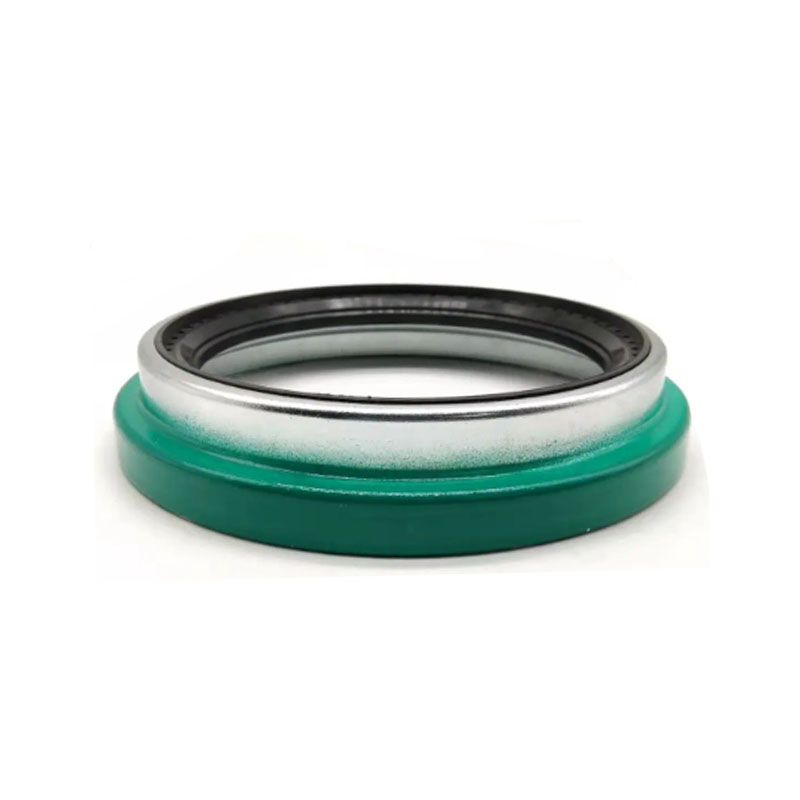best way to get a stripped oil drain plug out
The Best Way to Get a Stripped Oil Drain Plug Out
When it comes to maintaining your vehicle, changing the oil is one of the most crucial tasks. However, a stripped oil drain plug can transform a simple oil change into a frustrating challenge. Stripped plugs occur when the threads become worn or damaged, making it difficult to unscrew the plug and potentially leading to leaks if not addressed properly. Fortunately, there are several effective methods to remove a stripped oil drain plug without damaging your vehicle further.
Understanding the Issue
Before diving into solutions, it's essential to understand how a drain plug can become stripped. Over-tightening is a common cause, as is the natural wear and tear that happens over time. When the threads become damaged, the plug doesn’t grip securely, making it hard to remove during routine maintenance. If you find yourself facing this problem, do not panic; it's manageable.
Preparing to Remove the Stripped Plug
Before beginning any removal techniques, gather the necessary tools. You will typically need
- A socket wrench or pliers - A penetrating oil (like WD-40) - A rubber band or a piece of cloth for grip - A thread tap and die set (for severe cases) - A drill and extractor set (if all else fails)
Methods for Removal
1. Penetrating Oil Application Start by applying penetrating oil to the stripped plug. Allow it to sit for at least 15-20 minutes. This will help lubricate the threads and may make it easier to remove the plug. After the oil has soaked in, try to loosen it gently with a socket wrench or pliers.
best way to get a stripped oil drain plug out

2. Using a Rubber Band In some cases, a simple rubber band can provide enough extra grip. Place a thick rubber band over the stripped plug and then use your socket wrench to turn it. The rubber will fill in the gaps and may allow you to achieve a better grip on the plug.
3. Creating a New Grip If the rubber band doesn’t work, you can try using a file or a Dremel tool to create new grooves in the plug. This can provide a better grip for your tool, allowing you to unscrew the plug more easily.
4. Extractors and Drilling For a more stubborn plug, a screw extractor set may be necessary. First, drill a hole into the center of the stripped plug, then insert the extractor. Turn counter-clockwise to grip and pull the plug out. Exercise caution to avoid damaging the oil pan.
5. Thread Tapping If all else fails and you can’t remove the plug, you may need to consider tapping new threads into the oil pan. This can be time-consuming and requires a specific tap and die setup. However, it can provide a permanent fix if done correctly.
Preventive Measures
Once you've successfully removed the stripped plug, it’s a good idea to take steps to prevent it from happening again. Here are a few tips
- Don’t Over-Tighten When replacing the oil drain plug, always follow the manufacturer's specifications for torque. Trust the design; it can hold the oil without excessive tightness. - Use New Washers The use of a new washer or gasket can help ensure a proper seal, reducing the need to over-tighten. - Regular Maintenance Regularly checking and replacing the oil, as well as yearly inspections, can prevent wear and tear on the drain plug.
Conclusion
Dealing with a stripped oil drain plug can be daunting, but with the right strategy and tools, it’s a challenge that can be overcome. Whether you’re using penetrating oil, a rubber band for grip, or a drilling extractor, maintaining your vehicle doesn’t have to come to a standstill. By taking preventative steps, you can ensure that your oil changes remain a straightforward part of your vehicle’s maintenance regime.
-
Simplifying Oil Changes: A Comprehensive Guide to Oil Drain Plugs and Their Variants
News Aug.04,2025
-
Mastering Oil Drain Maintenance: Solutions for Stripped, Worn, and Upgraded Oil Plugs
News Aug.04,2025
-
Fixing Oil Pan Plug Issues: Leaks, Stripped Nuts, and the Right Replacement Solutions
News Aug.04,2025
-
Everything You Need to Know About Oil Drain Plugs: Sizes, Fixes, and Upgrades
News Aug.04,2025
-
Choosing the Right Oil Drain Plug: A Guide to Sizes, Materials, and Drain Innovations
News Aug.04,2025
-
A Complete Guide to Automotive Drain Plugs: Types, Problems, and Innovative Solutions
News Aug.04,2025
-
The Ultimate Guide to Car Repair Kits: Tools and Essentials Every Driver Should Own
News Aug.01,2025
Products categories















